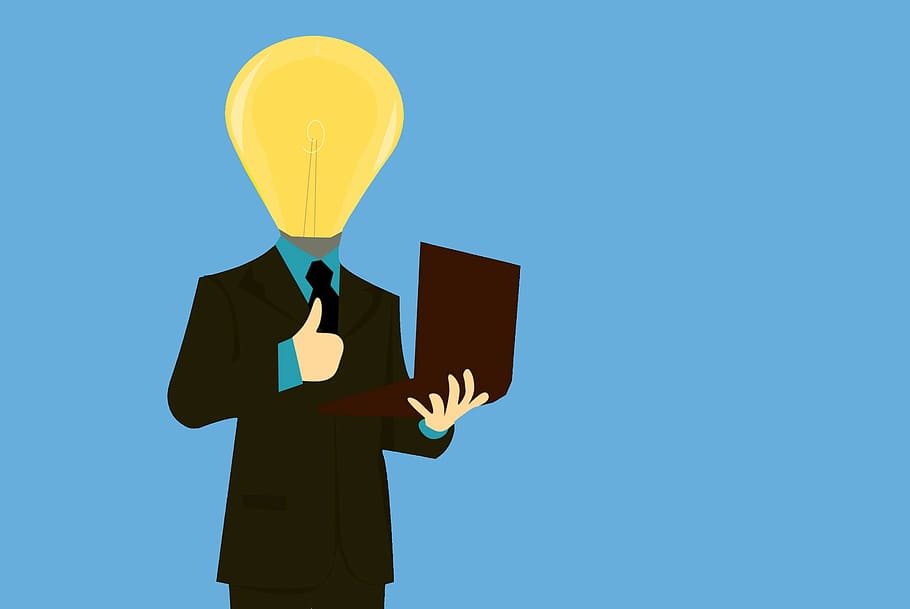Life as we know it is complicated. Our bodies are undergoing a continuous cycle of wear and tear to keep us alive and moving. A comprehensive explanation of this can be found on YouTube in the video Why Are You Alive – Life, Energy & ATP. This interactive video explains the process of continuity of life in easy terms. You can grasp the concept behind life as we know it without getting into mind-boggling terms of Biology. The basic information about the functions of life is useful for each and every human being. Understanding this will help you get a better grasp of existence and this video does it in a simple way.
Staying Alive
Table of Contents
There are a host of processes going on in your body to keep you alive every second. Putting it simply, your body needs to recover from wear and tear faster than it is being broken down. A long as this happens you will continue to live without any hassles. It is a continuous process and it can never stop. A good analogy can be drawn here between your body and a slinky rolling down an escalator moving upwards. Here, the part where the slinky rolls down represents the self-replicating processes of your cells. The upwards moving escalator is the laws of physics that are propelling you forward.
Being alive means maintaining homeostasis. It means moving against the laws of physics which cause wear and tear to keep you alive. These laws of physics propel you towards death. Your body regenerates itself to stay alive and stay in its current place. The fundamental rule of the universe is that Entropy must increase and for that to happen cells must die. Entropy is nothing but randomness in the universe. Cells, on the other hand, are ordered and not random and hence they decrease randomness in the universe. Hence, when cells die the Entropy of the universe increases, and hence the laws of physics favor death of cells. Your body works against Entropy to create new cells and keep you alive.
The Cell
The universe is inherently dead. Life in itself is nothing but a single cell and single cells come together to form complex life forms. A cell has a membrane that forms a boundary between the dead and the living. Within the membrane the cell is living and outside the membrane, the universe or environment is non-living. If that boundary ruptures, the cell dies and its fragments become a part of the universe. The inside of the cell contains millions of proteins, water molecules, and other substances.
Cells need to maintain their environment to continue to live and for this they require energy. The energy in the universe is neither created nor destroyed, it just changes from one form to another. Early cells lacked a good source of energy and they got their energy from simple chemical reactions. This energy also needed to be reliably transferred foe use.
ATP
The Adenosine Triphosphate or ATP is an energy transfer molecule. It is known as the energy currency of the cell or the energetic building block of life. Its structure is well suited for the transfer of energy. Whenever a cell needs energy, it breaks down an ATP molecule to release energy. This energy is used to perform work and create change. This work this performed is the physical basis of all the work that we do. Every known living cell uses ATP or something similar to transfer energy and to keep itself alive. ATP is necessary for all kinds of cells, without ATP life on earth would not exist.
The Sun
Early cells failed to tap into the power of the sun. the sun radiated photons that carry energy into the solar system. This raw energy can still not be utilized by most living beings. After millions of years of evolution, cells that could use solar energy came into existence. These cells absorbed solar radiation and converted it into their own forms of energy. This process was later regarded as photosynthesis. A part of the photon’s electromagnetic energy is used to combine different molecules together. The electromagnetic energy is converted and stored in ATP as chemical energy.
The Glucose Molecules
This conversion of light energy to chemical energy became more and more efficient over time. Soon, cells began to create glucose molecules. Glucose molecules are easy to break down, high in energy, and good in taste. Some cells decided that instead of performing their own photosynthesis they could get other cells to do it. They swallowed other cells and started taking their glucose and ATP. They basically preyed upon glucose producing cells for their energy needs.
The Evolution of Mitochondria
During evolution, some cells swallowed energy-producing cells but did not digest them. These cells became the ancestors of all cells on the planet. Together they became one entity. The swallowed cell produced ATP for energy. In return, the host cells gave these ATP producing cells protection and shelter. These swallowed cells went on to become Mitochondria or the powerhouse of the cell.
The host cell gave protection to the mitochondria and gave it food. The mitochondria broke down this food through oxidation to yield energy in the form of ATP. These cells were more complex than primitive cells and became the building blocks for the further evolution of cells. These cells then began to form clusters or communities together. This led to multicellular life as we know it.
Modern life forms
Modern life forms like humans are made up of trillions of cells. These cells all have hundred of organelles within them. A lot of ATP is needed for your daily upkeep, which is approximately ATP worth your own body weight. It is not possible to store ATP for long but it is good for the transfer of energy. Hence ATP is constantly produced and used up quickly.
Final Thoughts
Modern life and modern life forms can be complex, but the underlying processes have remained the same. It is always handy to keep some basic knowledge of the cycle of life at hand.

